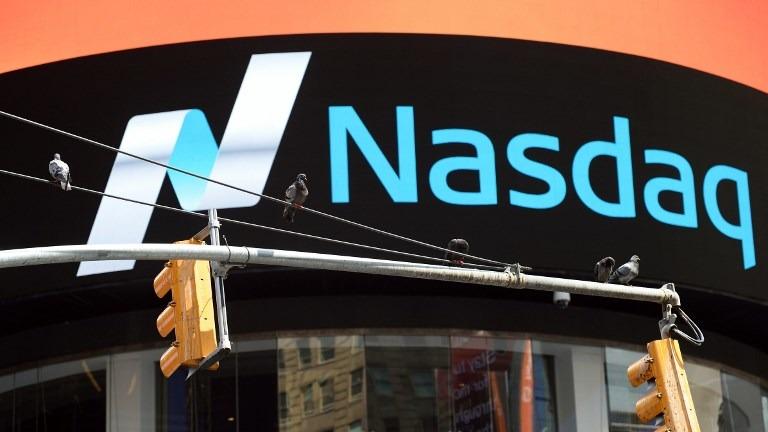 Pigeons on a light pole in Times Square near the Nasdaq Stock Market August 24, 2015 in New York. (DON EMMERT / AFP)
Pigeons on a light pole in Times Square near the Nasdaq Stock Market August 24, 2015 in New York. (DON EMMERT / AFP)
NEW YORK - AnPac Bio-Medical Science, a Chinese biotechnology company with operations in China and the United States, listed its initial public offering (IPO) on the Nasdaq on Thursday under the ticker symbol ANPC.
The company has priced its IPO of 1,333,360 American Depositary Shares (ADSs) at US$12 per ADS for a total offering size of approximately US$16 million, assuming the underwriters do not exercise their over-allotment option to purchase additional ADSs, AnPac Bio said in a statement.
The company has priced its IPO of 1,333,360 ADSs at US$12 per ADS for a total offering size of approximately US$16 million
ALSO READ: Chinese firms take lead in kicking off 2020 US IPO season
Shares of AnPac Bio extended gains after going public, but decreased to US$11.25 around market close.
Each ADS represents one Class A ordinary share of the company. The underwriters have been granted an option, exercisable within 30 days from the date of the final prospectus, to purchase up to an aggregate of 200,004 additional ADSs at the IPO price, the firm said on Thursday.
WestPark Capital and Univest Securities are the joint bookrunners on the deal.
Focusing on early cancer screening and detection, AnPac Bio has performed a suite of cancer screening and detection tests, including Cancer Differentiation Analysis, bio-chemical, immunological, and genomics tests.
Founded in 2010, AnPac Bio now has two certified clinical laboratories in China and one clinical laboratory in the United States.
READ MORE: Top 10 global IPO lists in 2019
As of June 30, 2019, AnPac Bio became the world's second largest sample database for next-generation early cancer screening and detection, according to US consultancy Frost & Sullivan.
The biotech company said it plans to allocate approximately 30 percent of the IPO proceeds to research studies and new technologies. Another 30 percent will be used to increase marketing and sales channels in China, as well as expand its clinical laboratory in the United States.



